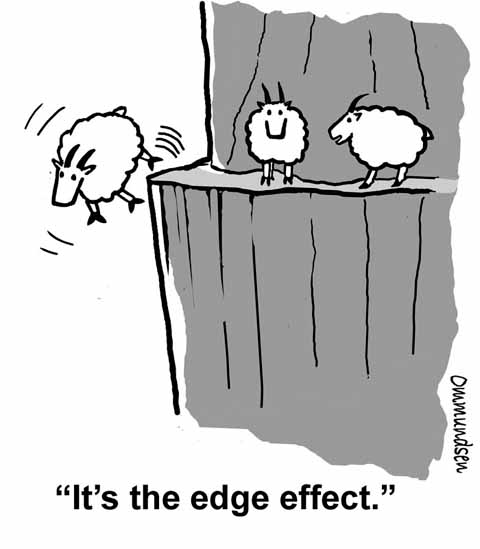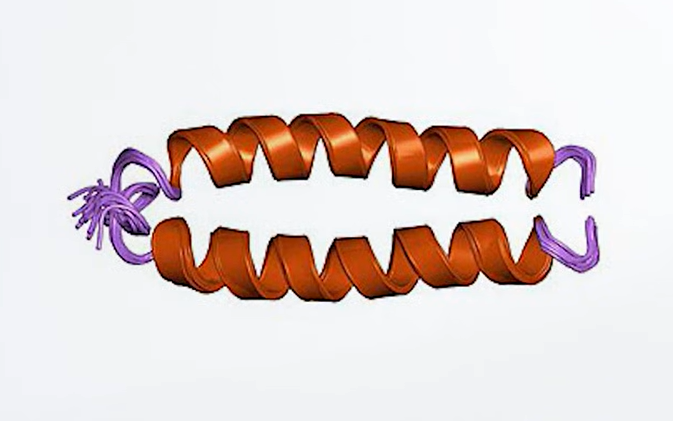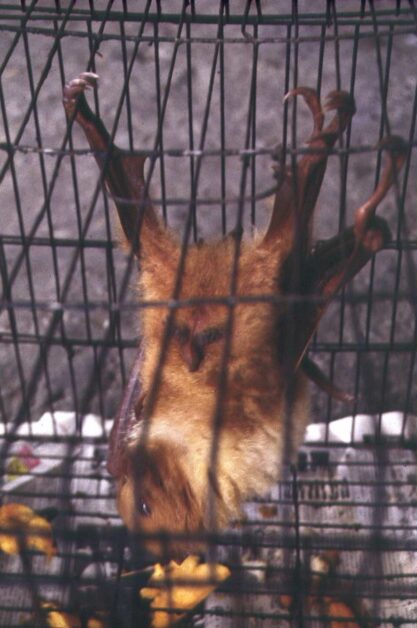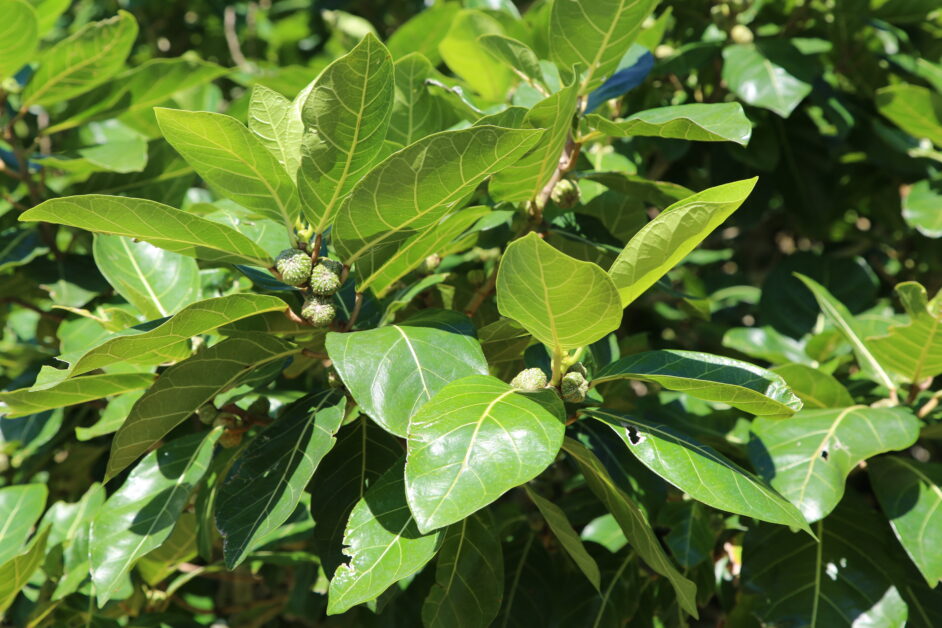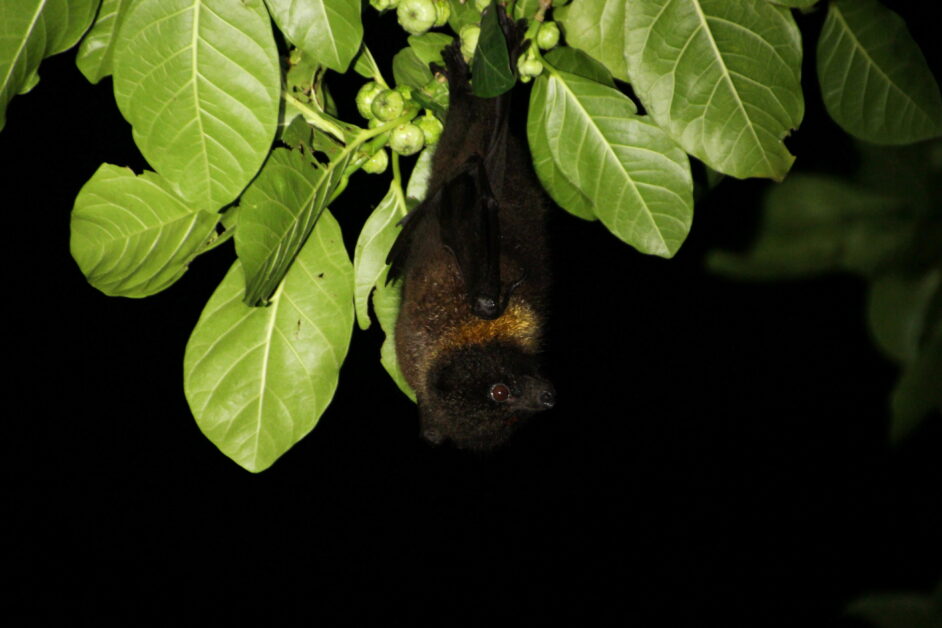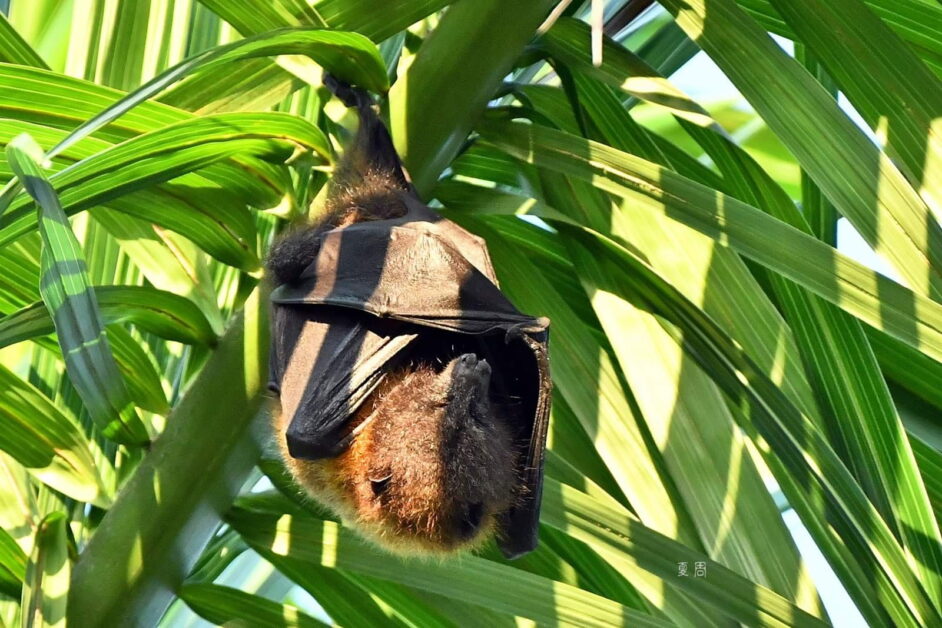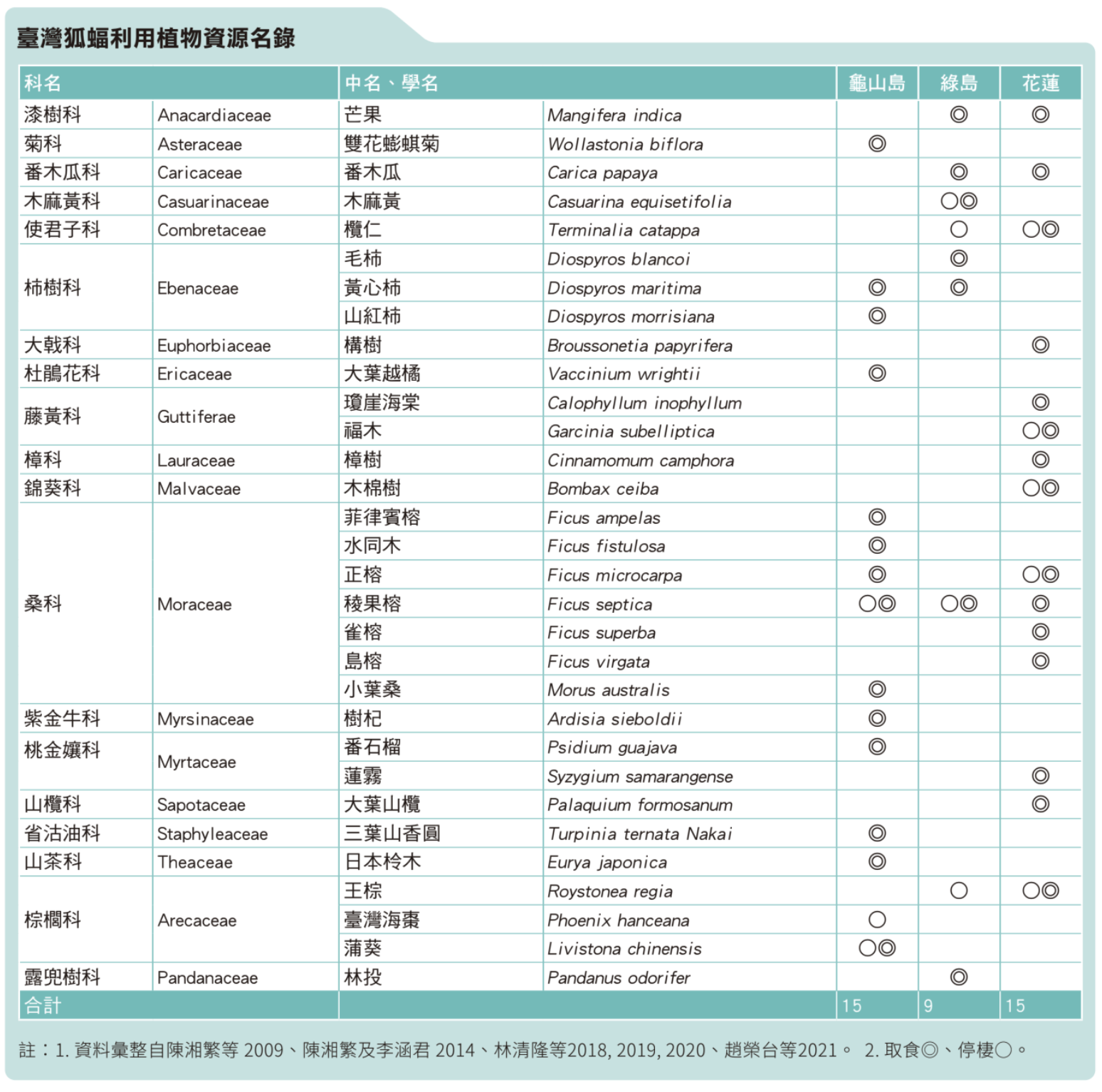如果建立了效果好棒棒的動物通道,野生動物都乖巧聽話的走天橋地下道。報告!完全沒有路殺!完全沒有路殺!這樣就皆大歡喜,從此以後動物跟馬路過著幸福快樂的日子…嗎?喔不,麻煩的問題還是挺多的,除了路殺之外,道路將棲地一分為二之後,道路兩側便形成了棲地的「邊緣」,而「邊緣效應」(edge effects)[1]及其進一步的影響都有可能在此上演。道路不會永遠只是一條道路而已,一旦引入了人潮與車流,道路沿線的建物與設施就會逐漸擴張,使棲地流失越嚴重,形同對環境蠶食鯨吞的序曲。道路是現代生活的必需品,但也因為道路所帶來的效應與衝擊複雜且難以評估,在道路開闢之前,嚴格的審視必要性及各方面的成本效益,就顯得格外重要了。
什麼是「線狀基礎建設」?
各種交通運輸功能的基礎設施,包括道路、鐵路、石油管線、水管、纜車、綿延的電塔與電纜、整排風力發電機組、甚至海岸沿線的消波塊等,這些在地圖上常常以「線」來表示的元素,通稱為「線狀基礎建設」(linear infrastructure)。以往道路生態學(road ecology)所探討的議題,已經擴大到各種線狀基礎建設對環境與生態的衝擊。不同的線狀基礎建設對環境的影響雖然不盡相同,但大致上相似:切開棲地、造成隔離、形成邊緣、棲地破碎…所以常常一併討論。今年七月澳洲生態及運輸網絡(Australia Network for Ecology and Transportation)即將在澳洲舉辦研討會,我沒錢參加只好在此深表遺憾。為了方便說明,下文還是以道路為例。
開闢道路顯而易見的將棲地一分為二,雖然棲地減少的面積不多,道路寬度也不寬,跟皆伐(clearcutting)或森林大火比起來,似乎也還好?事實上,這種細細長長、生物又難以生存的地景元素所製造的麻煩,在於這一刀兩斷時,分別在兩側塑造了棲地的邊緣,帶來生態上難解的「邊緣效應」。
有好有壞的邊緣效應
起初「邊緣」一詞是用來描述兩個不同棲地的交界處,例如森林與草原、森林與河流之間的區域,或稱「生態交界帶」(ecotone)[2]。1930年代的打獵活動讓人們開始注意邊緣區域的生態特性。由於邊緣區域兼具相鄰兩棲地的生物及自然資源,生物種類比較豐富,對獵人而言,獵物種類也比較多[3]。這個時候對自然的邊緣所帶來的「邊緣效應」對生物多樣性有正面影響,認為製造邊緣是良好的野生動物經營管理策略[4, 5]。
然而,隨著人類社會的發展,道路的開闢、建築的擴張、農地的開墾,製造了許多「人造的邊緣」。建築、道路、農地等元素,大多不是生物所偏好的棲地,因此人造邊緣所產生的負面效應遠比自然的邊緣還要來的多,邊緣效應對環境及生物的負面影響也受到重視[6]。以道路的邊緣為例,車輛與人類生活所帶來的廢氣、污染、垃圾更容易影響自然棲地;外來種植物也比較容易在邊緣地區擴張;位於邊緣的樹木容易受到風害;鳥巢中的雛鳥容易被獵食或感染寄生蟲等等[reviewed by 7]。
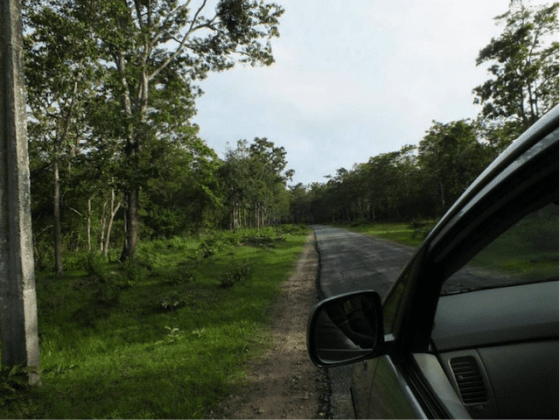
生物對邊緣的偏好並不一致
隨著研究邊緣對野生動物影響的文獻越來越多,發現邊緣對不同物種的影響並不一致 [reviewed by 7, 8]。偏好邊緣地區的物種稱為邊緣物種(edge species),排斥邊緣地區的物種則稱為內部物種(interior species)。邊緣物種通常是不同生活史階段需要不同棲地內生存資源的生物,例如兩棲類,或是需要較高日輻射的非耐陰(non-shade tolerance)植物,因而在邊緣地區的密度較高。反之,內部物種僅偏好棲地內部的環境條件,邊緣越普遍,棲地內部的面積就會越小,大幅降低內部物種的存活率及繁殖成功率[9]。因為邊緣效應的不一致性,如果對該物種的基礎生活史或棲地偏好沒有充分的瞭解,就難以判斷邊緣的形成究竟會帶來什麼樣的影響。
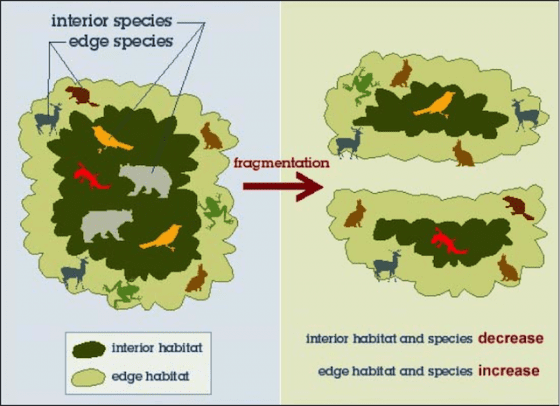
當道路形成路網,棲地也跟著破碎
一條道路使棲地面積縮減為兩個面積為二分之一的小塊;十字交會的道路,則將棲地縮減為四個四分之一的更小塊。由原先單一大面積棲地,分裂為眾多小面積棲地的現象,稱為棲地破碎化(habitat fragmentation)。雖然棲地破碎化不一定使棲地面積大幅減少,但是卻使單一大面積棲地的特性完全喪失,大幅強化邊緣效應的負面影響。對內部物種造成極大的威脅,使其就地滅絕(extirpate)的風險提高。除此之外,小面積棲地所能容納的族群量及物種數相當有限[10],更隔離了各棲地區塊之間族群與基因的交流[8]。棲地破碎化的負面效應已經使其成為生物多樣性流失的主要元兇之一[8, 11]。

道路通車不代表結束,而是對環境衝擊的開始,未來將會引入更多的開發,建築物沿著道路兩側擴張。透過Google Earth看看亞馬遜雨林,會看見沿著主要幹道的是眾多支線的擴張,從衛星影像看起來如同一件魚骨。如果再拉的更近,會發現無論主幹或支線,兩側盡是皆伐雨林後殘存的荒地。道路開發帶來的衝擊巨大且複雜,這是為什麼開發道路前,必要性、開發目的、替代方案都必須接受審慎評估的原因。
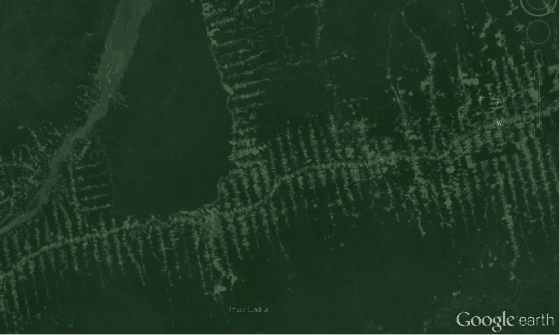
換個角度來看,我曾經步入交通中斷後的南橫公路山區,在短短三十分鐘內,目擊深山竹雞、藍腹鷳、花翅山椒鳥以及成群的白喉笑鶇及黃山雀。不可否認,臺灣目前為止成效最良好的「保育措施」就是道路中斷,讓人類干擾遠離自然,野生動物與植物才有時間重生。人類建設道路的能力終究有限,即便道路曾經登上高山、攀附著臨海的懸崖、穿過大理石岩壁、貫通整座山脈,山壁崩塌、路基掏空等事件仍舊層出不窮。這些工程看似人定勝天,事實上,大自然隨時在追討原有的主權。
延伸閱讀:
- Road Construction and Kerinci Seblat National Park Part 2: The Edge Effect and other Ecological Impacts.
- Guidelines for linear infrastructure intrusions in natural areas: roads and powerlines
- 營運階段國道永續發展環境復育改善研究計畫(觀察家生態顧問有限公司提供)
- 國有林班地區域野生動物道路致死調查及改善對策探討(觀察家生態顧問有限公司提供)
引用文獻:
- Lovejoy, T. E. et al. 1986. Edge and other effects of isolation on Amazon forest fragments. In Conservation Biology: the Science of Scarcity and Diversity, edit by Soulé, M. E., 257 –285. Sinauer Associates, Sunderland, Massachusetts, USA.
- Clements, F. E. 1907. Plant Physiology and Ecology. Henry Holt and Company, New York, USA.
- Leopold, A. 1933. Game Management. Charles Scribner’s Sons, New York, USA.
- Yahner, R. H. 1988. Changes in wildlife communities near edges. Conservation Biology, 2: 333–339.
- Harris, L. D. 1988. Edge effects and conservation of biotic diversity. Conservation Biology, 12: 465 –469
- Gates, J. E. and Gysel, L. W. 1978. Avian nest dispersion and fledging success in field-forest ecotone. Ecology, 59: 871–883.
- Ries, L. et al. 2004. Ecological responses to habitat edges: mechanisms, models, and variability explained. Annual Review of Ecology Systematics, 35: 491–522.
- Fahrig, L. 2003. Effects of habitat fragmentation on biodiversity. Annual Review of Ecology, Evolution and Systematics, 34: 487–515.
- Fahrig, L. 2002. Effect of habitat fragmentation on the extinction threshold: a synthesis. Ecological Applications, 12: 346–353.
- Arrhenius, O. 1921. Species and area. Journal of Ecology, 9: 95—99.
- Balmford, A. et al. 2005. The convention on biological diversity’s 2010 target. Science, 307: 212 —213.


